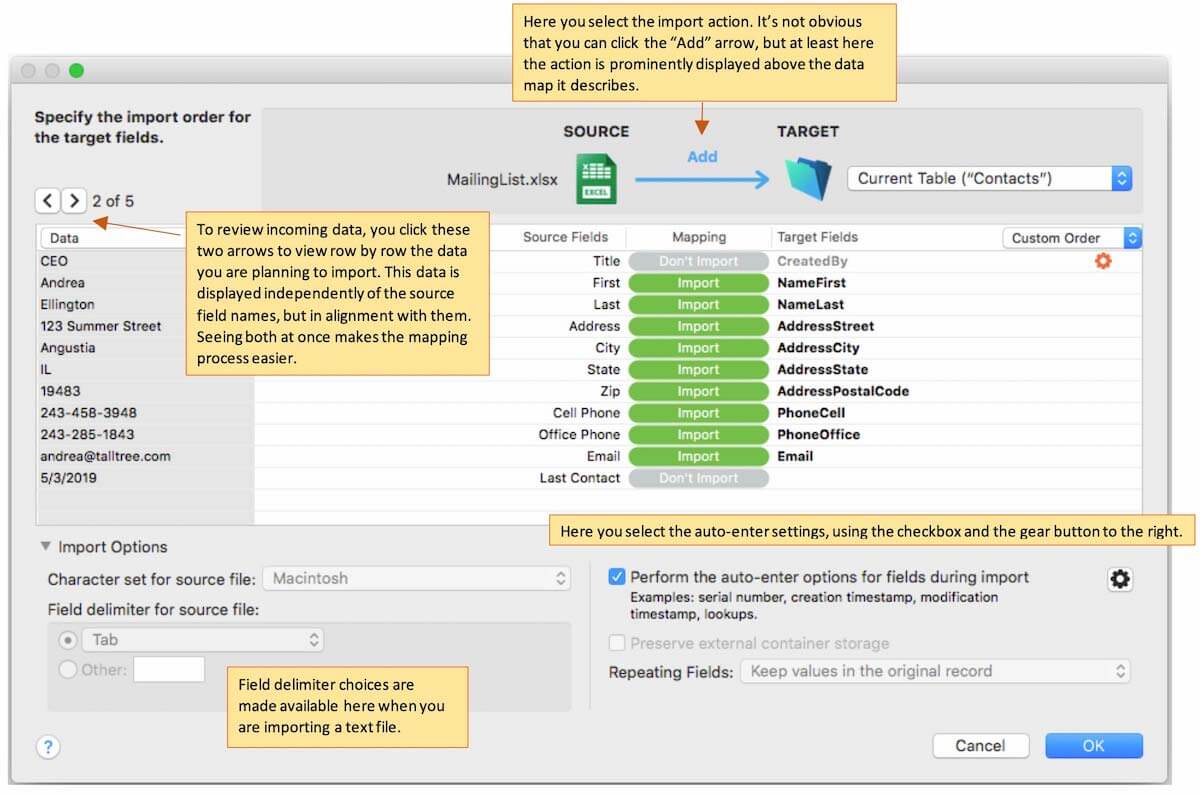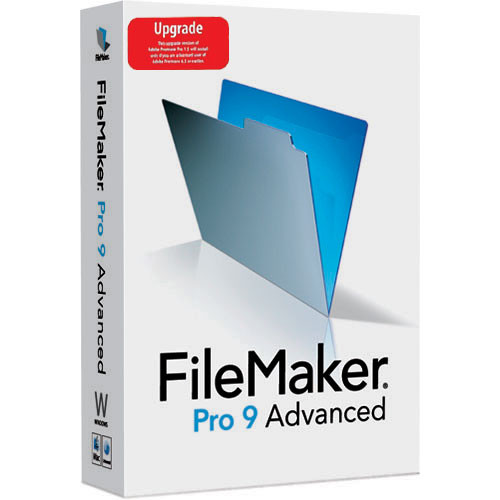
Check the version displayed at the top of the page.Or use localhost/info.php if you open the browser on your server. Before you upgrade:īefore you upgrade, make sure you test your app on a test server running the latest version of PHP. How to upgrade PHP on a FileMaker Server running on MacOS: Don’t upgrade an app in production if you haven’t tested it first with the new PHP version. We’ll be using homebrew to install the latest version of PHP. Homebrew ( ) is an open-source package manager for OSX. The following steps were tested on MacOS Mojave. Paste the following code /usr/bin/ruby -e "$(curl -fsSL )" (or copy the command from homebrew’s home page).Wait until the installation is completed.Enter your OS admin password when prompted.You should get an output similar to this once done.Or, if you don't want/need a background service you can just run: To have launchd start php now and restart at login: The php.ini and php-fpm.ini file can be found in: LoadModule php7_module /usr/local/opt/php/lib/httpd/modules/libphp7.soįinally, check DirectoryIndex includes index.php To enable PHP in Apache add the following to nf and restart Apache:

Copy the line that starts with LoadModule php7_module from that output.Stop Apache by running the following command in terminal sudo /Library/FileMaker\ Server/HTTPServer/bin/httpdctl stop.WARNING: Stopping Apache might prevent container fields form previewing PDF files as long as it’s stopped.Open /Library/FileMaker Server/Web Publishing/publishing-engine/php/mojave/.Add a # at the beginning of the line that starts with LoadModule php7_module to comment out FileMaker’s old PHP path and add the line you copied previously under it.

LoadModule php7_module "/usr/local/opt/php/lib/httpd/modules/libphp7.so" #LoadModule php7_module "/Library/FileMaker Server/Web Publishing/publishing-engine/php/mojave/libphp7.so" This will direct FileMaker Server’s web server (Apache) to the new PHP installation.


 0 kommentar(er)
0 kommentar(er)
